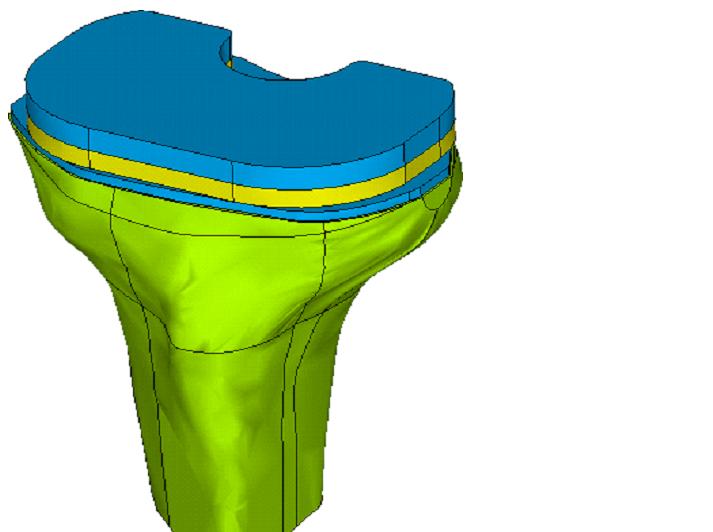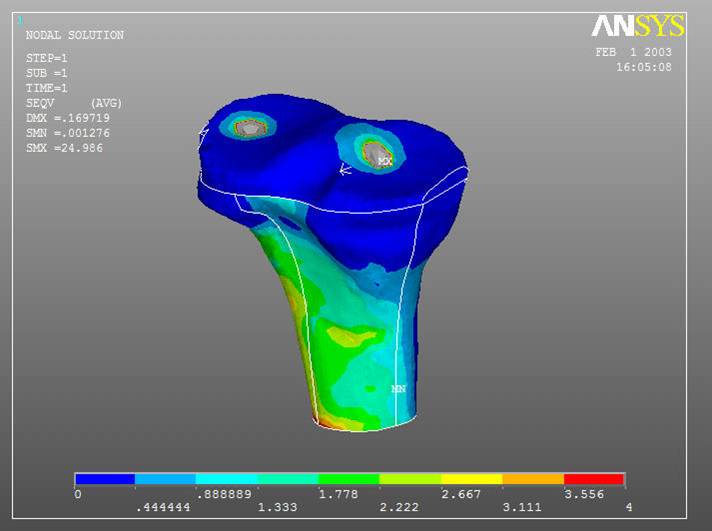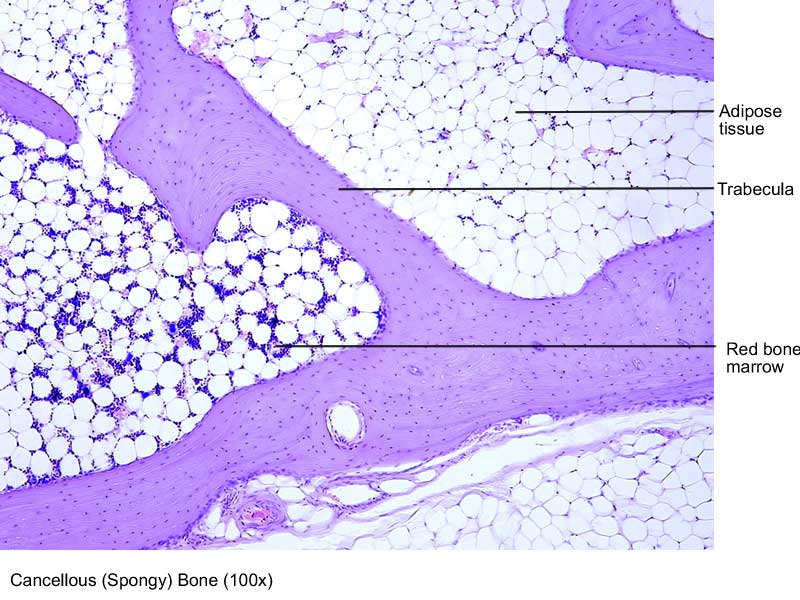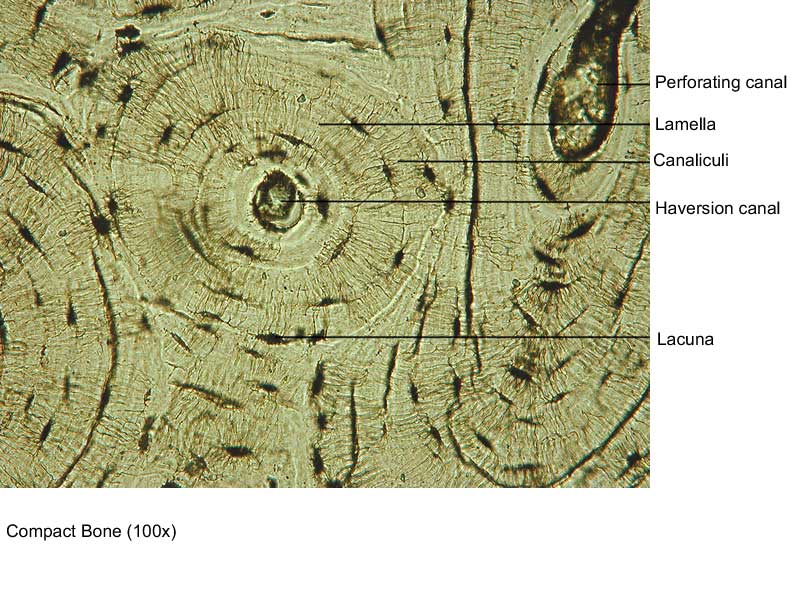Medical engineering research at SEiL: we are focused on numerical as well as experimental studies primarily related to knee.
Development of a Finite Element Tool for Stress Analysis of Surgically Altered Knee Bones
So far a model has been developed for the femur and tibia which is anatomically correct. Bone properties are incorporated into the model making it physiologically representative of a normal knee. This means that the mechanical properties of the model are orthotropic and heterogeneous. Also the loading properties are physiologically representative such as tibio-femur compression, pattelo-femur compression and soft tissue loading.
Applications for this model include, total knee replacement implant design. Aspects anterior cruciate ligament reconstruction (endo button compression).

There are current models being used for implant design. This project is improving on current models by making them patient specific by improving on the modeling of the bone (loading conditions). This model could also be used for knee reconstruction.
The challenge of the project is being able to develop models from CT images and eventually be able to individualize the bone properties from CT images.
Current Affiliates
James Raso and Adrian Liggins from the Glen Rose Rehabilitation Hospital supervise and give input into the project. Orthopedic surgeon Dr. David Otto consults on the project.

Publications
A. Au, V. J. Raso, A. B. Liggins and A. Amirfazli, “Contribution of loading conditions and material properties to stress shielding in tibial component of total knee replacements”, J. Biomechanics, (Accepted) 2006.
A.G. Au, A.B. Liggins, V.J. Raso, A. Amirfazli, “A parametric analysis of fixation post shape in tibial knee prostheses”, Biomed. Eng. Phys. 27, 123-134, 2005.
A.G. Au, V. J. Raso, A. B. Liggins, D. D. Otto, A. Amirfazli “A Three-Dimensional Finite Element Stress Analysis for Tunnel Placement and Buttons in Anterior Cruciate Ligament Reconstructions”, J. Biomech. 38, 827–832, 2005.
A. Au, D. Otto, V.J. Raso, A. Amirfazli, (2003), “Development of a Finite Element Tool for Stress Analysis of Femur and Tibia Incorporating Anatomically Realistic Mechanical Properties”, 2nd MIT Conference on Comp. Fluid Solid Mech., June, 5 pages
Analyzing the Heterogeneity of Bone
Currently, by using CT scans of the knees from various age groups, different properties such as hardness of the bone are being determined. This is done by taking the grayscale image of the CT scan and determing the levels of grays. Using the grayscale level we can determine the hardness or other properties of the knee.




Publications
A. G. Au, V. J. Raso, A. B. Liggins, J. Pullukatt, J. Carey, A. Amirfazli, “Analyzing Heterogeneity of Mechanical Properties in Knee Bones by Computed Tomography”, 3rd Int. Symp. Adv. Biomaterials/Biomechanics, April 3–6, 2005, Montreal, Canada.
ACL Reconstruction studies
Currently, a challenging issue in reconstruction of ACL is stifness of the graft. We are studying experimentally as well as numerically ways to improve the stifness of the reconstructed ACL. We are also in the process of developing new attachment systems for the graft in the femural side of the reconstruct.


Publications
D. Benfield, D.D. Otto, K.M. Bagnall, V.J. Raso, W. Moussa, A. Amirfazli, “Stiffness Characteristics of Hamstring Tendon Graft Fixation Methods at the Femoral Site”, Int. Orthopedics, 29, 35-38, 2005.
A.G. Au, V. J. Raso, A. B. Liggins, D. D. Otto, A. Amirfazli “A Three-Dimensional Finite Element Stress Analysis for Tunnel Placement and Buttons in Anterior Cruciate Ligament Reconstructions”, J. Biomech. 38, 827–832, 2005.
A.G. Au, D.D. Otto, V. J. Raso, and A. Amirfazli, “Investigation of a Hybrid Method of Soft Tissue Graft Fixation for Anterior Cruciate Ligament Reconstruction”, Knee, 12, 149-153, 2005.